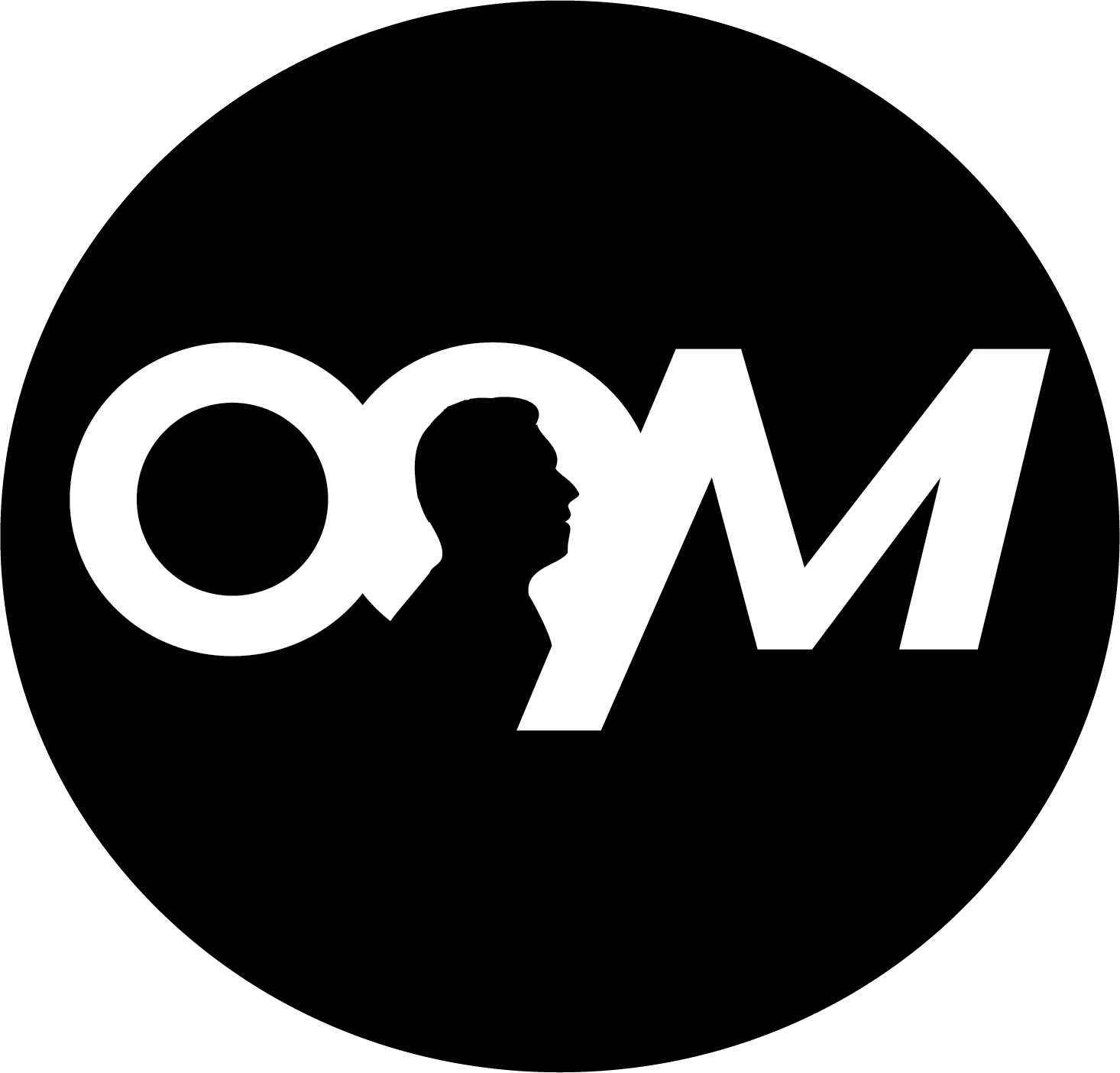Running a business requires walking a fine line between managing expenses and maximizing income. However, it’s surprising how often small inefficiencies or overlooked opportunities can quietly drain profits over time. Thankfully, when you adopt these simple changes, you can make your business more cost-effective, without sacrificing the quality of your products or services.
Build Strong Supplier Relationships
Your suppliers can play a significant role in your cost management. Establishing strong, mutually beneficial relationships can open the door to discounts, bulk pricing, or favorable payment terms. Be proactive in communicating with your suppliers by scheduling regular check-ins and discussing how you can work together to reduce costs.
For example, bundling products or services from a single supplier could earn you a discount, or committing to a longer-term contract might result in better rates. Additionally, being a reliable and loyal customer can make suppliers more willing to collaborate on cost-saving opportunities.
Don’t Cut Corners
While trimming costs is essential, cutting corners in areas that matter most to your customers can backfire. Poor-quality products or subpar service can damage your reputation and lead to customer dissatisfaction, which may ultimately cost you more in lost revenue and brand trust.
Instead of compromising key aspects of your business, focus on making sustainable, long-term changes that align with your values and maintain customer satisfaction. For example, if you use storage tanks, it’s important to choose something like vinyl ester tank linings over PVC. While PVC is cheaper, cutting corners like this will cost you more in the long run through repair and replacement costs. Whatever industry you’re in, make an investment into your long-term growth and success.
Optimize Your Use of Technology
The right technology can revolutionize your business operations. Invest in tools that enhance productivity and minimize time spent on manual, repetitive tasks. For example, automating bookkeeping, payroll, or email follow-ups can save hours of work each week, enabling your team to focus on growth-oriented tasks.
Cloud-based tools, including project management software, CRM systems, and communication platforms such as Slack or Microsoft Teams, can also improve collaboration and efficiency across your organization. Many of these tools come with scalable pricing options, allowing you to adjust costs as your business grows.
Embrace Energy Efficiency
Energy bills can quietly eat into your budget, especially if you operate in a physical office or have a lot of equipment. Reduce these costs by implementing energy-efficient practices. Start with simple changes, such as switching to LED lighting, using smart thermostats to regulate heating and cooling, or turning off equipment when not in use.
You can also explore renewable energy solutions, such as solar panels, or partner with green energy providers to earn long-term savings. Over time, these small adjustments can lead to significant reductions in utility expenses while supporting environmentally friendly practices.
Making your business more cost-effective doesn’t have to involve drastic cuts or major sacrifices—instead, small, thoughtful changes can make a big difference. These subtle efforts can add up over time, leading to significant savings, improved customer satisfaction, and long-term success for your business.



